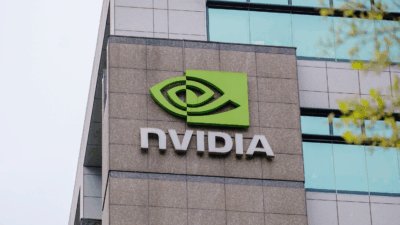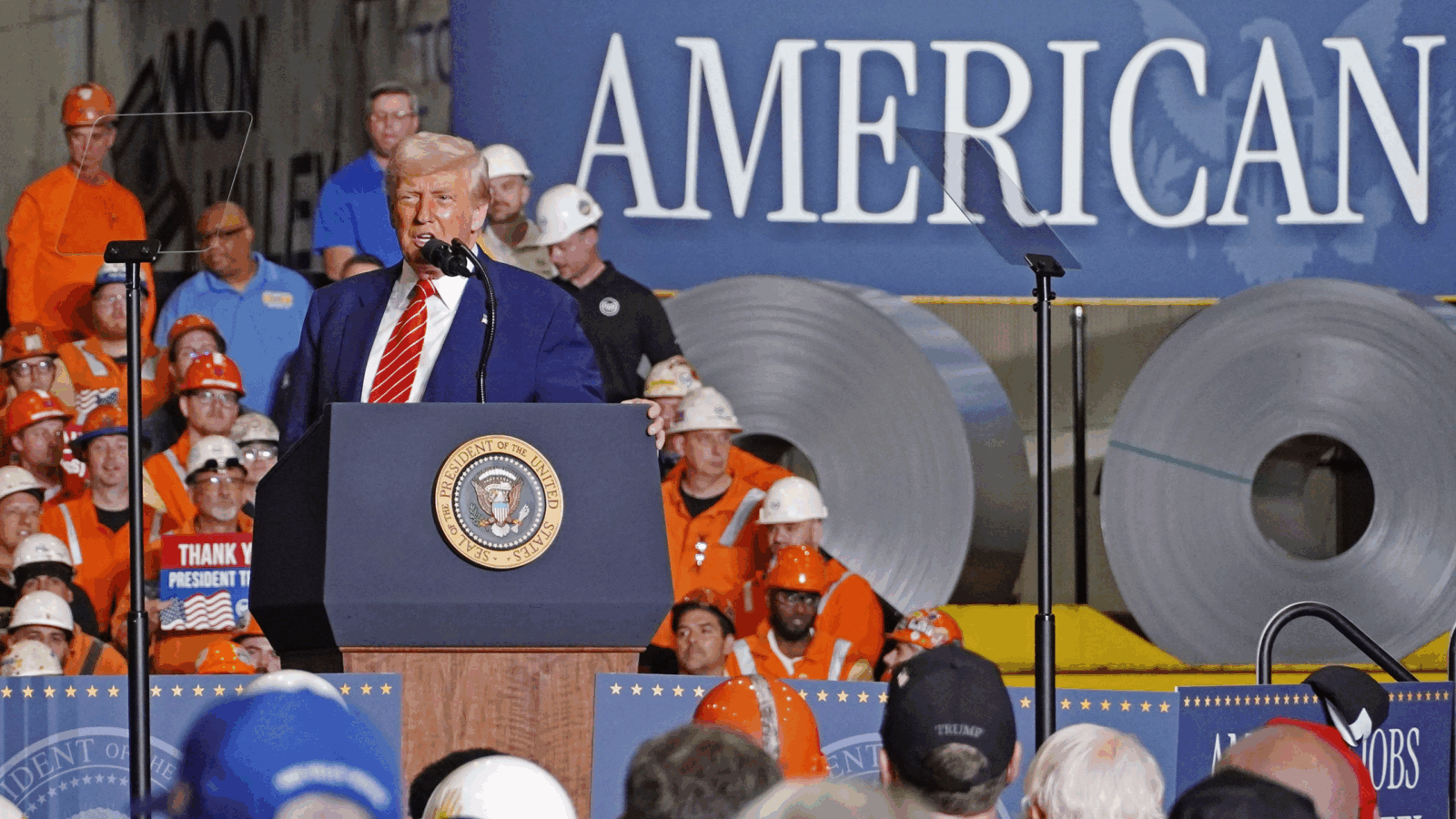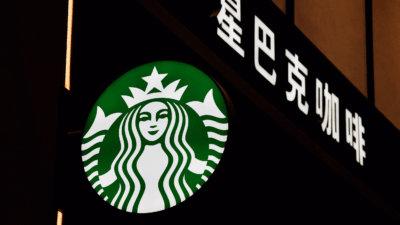China Leaders Convene to Plot Economic Path
The plenary session of China’s ruling party will likely introduce economic reforms and policies addressing impediments to its growth.

Sign up for smart news, insights, and analysis on the biggest financial stories of the day.
There is, of course, one big convention kicking off in Milwaukee today, but 6,500 miles away, an equally notable political gathering is underway.
The once-every-five-years plenary session of China’s ruling party will likely introduce economic reforms and policies addressing a growing laundry list of impediments to the country’s growth and post-pandemic recovery.
Nothing to Xi Here
The Chinese government faces a demographic slump (the population shrank by 2 million people last year), sluggish growth (which the IMF expects to fall from 5% this year to 4.5% next year), a property sector in full-blown crisis (new property sales were down 28% in the first five months of 2024), and debt piling up at local governments (the national debt-to-GDP ratio was nearly 300% in 2023). And that’s just at home — there’s also pressure from the US via sanctions and an increasingly frosty relationship with NATO, which last week dubbed China a “decisive enabler” of Russia’s war in Ukraine.
In June, China’s consumer price index (CPI) rose just 0.2% year-over-year, the lowest since March, as consumers have pulled back on spending. CPI has been mostly stagnant since last April, and well below the 3% target. Meanwhile, the producer price index — a measure of the cost of industrial goods at the factory gate — fell 0.8% last month. So, what’s a Sleeping Giant to do?
- “No one should expect breakthroughs,” wrote analysts at the independent Rhodium Group, which studies Chinese economics, in a research paper last week. “The key question is whether Beijing can message its reform priorities—progress toward a unified national market, some fiscal reforms, changes in land quota allocations, reforms to the power system, liberalization of foreign investment in some sectors—as a coherent plan to change China’s economic trajectory in the near future.”
- Officials tipped their hand in December, suggesting a “new round of fiscal and tax reform” was forthcoming, but other reforms have generally come slowly and cautiously. For example: To stem the housing sector crisis, the central bank announced a $41 billion buy-up of unsold homes by state-owned firms in May, but Bloomberg economists said it would account for less than 1% of unsold inventory.
Throwback: President Xi Jinping met entrepreneurs at a party meeting last month with notably pro-business remarks, telling them, “We must resolutely eliminate the ideological concepts and institutional shortcomings that hinder the advancement of Chinese-style modernization.” It’s not exactly Adam Smith, but it does harken back to the so-called socialist market economy of Chinese leaders before Xi’s more controlling regime.











